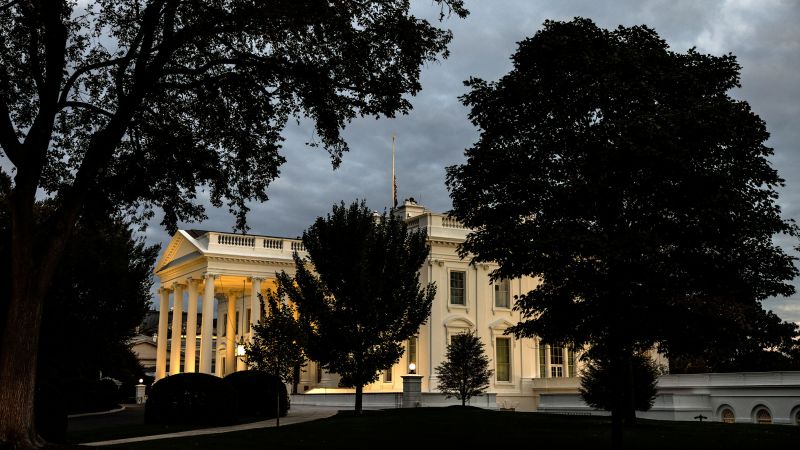The Biden administration announced new steps Friday to ensure access to affordable housing, launching a slew of resources to convert high-vacancy commercial buildings to residential use.
The effort is an attempt to address what the administration says is a dearth of much-needed, affordably priced, conveniently located and energy-efficient homes.
Last week, CNN reported that – with mortgage rates nearing 8%, steadily rising home prices and historically low inventory of homes for sale – the housing market has been getting consistently worse for two years, and there appears to be no end in sight.
Home sales dropped in September to the lowest level since the foreclosure crisis as surging interest rates and climbing home prices made buying a house unattainable for a growing share of would-be buyers. Historically low inventory of homes for sale continued to push prices up and rates that crossed over 7% in August have pulled sales down to their lowest level in 13 years, according to a monthly report from the National Association of Realtors.
As part of Friday’s announcement, the Department of Transportation will release new guidance on more than $35 billion in lending available for transportation-oriented development projects. According to a fact sheet shared with CNN ahead of the announcement, the administration estimates the guidance “will increase housing supply, while encouraging state and local governments to improve their zoning, land use and transit-oriented development policies.”
“The pandemic really changed the patterns of how many Americans work and live and commute, and right now, across the country, we’re seeing decades-high levels of office vacancies in many downtowns, while at the same time, many of America’s cities and towns face a steep shortage of housing, and families are struggling to afford housing and transportation,” Transportation Secretary Pete Buttigieg told reporters on a call previewing the announcement Thursday.
Buttigieg said the newly launched programs will build on existing commercial-to-residential conversion projects, “helping to advance those efforts to increase housing supplies and reduce housing costs,” while expanding residential downtowns that are “often already oriented around public transit.”
According to the administration fact sheet, the Transportation Department will also be releasing new guidance that makes it easier for local and municipal transit agencies across the country to transfer and repurpose existing properties “for transit-oriented development and affordable housing projects, including conversions near transit.”
In addition, the Department of Housing and Urban Development will release an updated notice detailing how its Community Development Block Grant fund can be used for projects aimed at boosting housing supply, the fact sheet stated, “including the acquisition, rehabilitation, and conversion of commercial properties to residential uses and mixed-use development.”
HUD will begin accepting applications for $85 million in funding through the Pathways to Removing Obstacles to Housing program, which makes money available for the development of adaptive reuse strategies and the financing of conversions.
The White House will also release a Commercial to Residential Federal Resources Guidebook Friday detailing over 20 federal programs across six federal agencies with eligible resources, including low-interest loans, loan guarantees, grants and tax incentives for residential conversion projects.
On Thursday’s call previewing the announcement, White House National Economic Council Chair Lael Brainard called the slew of initiatives “a win-win.”
“We know that commercial building vacancies are at an all-time high in some cities and communities across the country, while housing supplies in those same communities remain constrained,” she told reporters Thursday. “This presents an area of opportunity to both increase housing supply while revitalizing Main Street.”
Read the full article here





